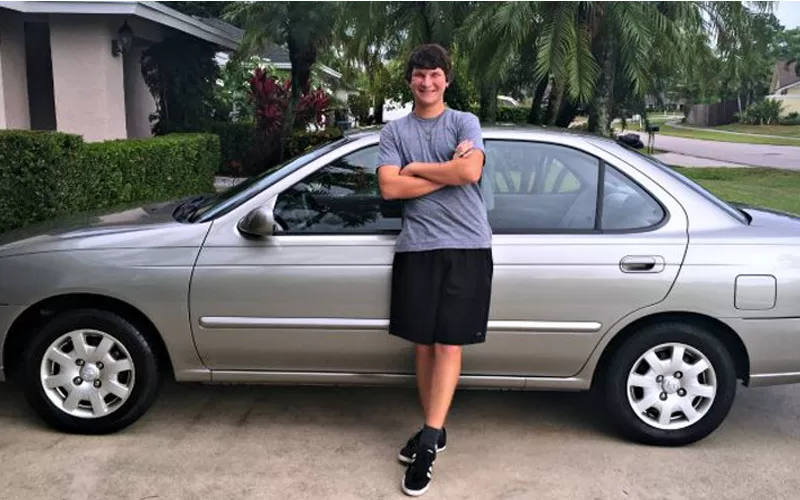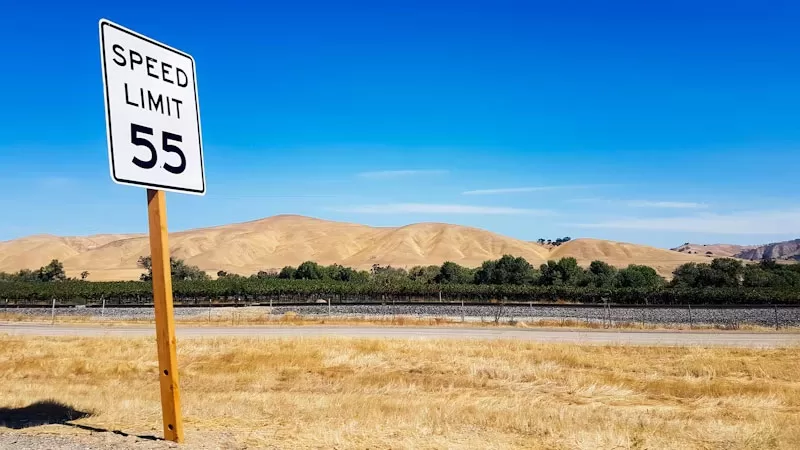
Safety Tips for Teen Drivers
As a parent, our top priority is the safety of our children. Whether it is watching them take their first step, jumping on a trampoline, diving from the high board, or riding a bicycle without training wheels, it’s our job to keep them from harm. As they got older, the focus switched to helping them protect themselves. This is especially important when they reach that magical age that allows them to slide into the driver’s seat. Being a new driver and feeling that newfound sense of independence can certainly be exciting, but it also comes with a lot of responsibility. Sharing with them these safety tips for teen drivers is sure to help put your mind at ease.
10 Safety Tips for Teen Drivers
Important documents
They should always make sure they have your permit or license every time they get behind the wheel. This should be a no-brainer, but it is better safe than sorry. Their license is their proof they are legally allowed to drive. Teen drivers, or any drivers for that matter, should always keep their registration and insurance on hand. These days it can be in the form of an app on our phone, but it is best to go old school in this matter and keep paper copies in their glove compartment box or console storage.
Ban the cell phone while driving
Under no circumstances should a new – or any – driver text while driving. Texting while driving can be equivalent to driving under the influence of alcohol. Experienced drivers may be able to use the hands-free option, but teen drivers should place the phone out of reach and pull over to the side of the road or wait until they get out of the car to make calls. In many states, it is actually illegal to use a phone while driving.
make adjustments and buckle up
They don’t need to be pulling out into traffic only to find they are too far away from the steering wheel or can’t see out of the rearview mirror. They should make all necessary adjustments to drive safely and comfortably. This includes most importantly putting on that seat belt.
Stay focused
It’s easy to want to pack the car with people, turn the music up, and hit the drive-thru when they first get their license. New drivers should drive alone as often as possible, keep the music low or off, and never eat while driving. These all cause you to lose focus on proper driving techniques, which is something teen drivers are only just beginning to learn.

Obey the speed limit
if this one isn’t obvious enough it is still important to remind your teen driver to obey the speed limit, it is not a race. It’s there for a reason and following it ensures their and everyone’s safety, especially on unfamiliar streets or those with heavy traffic, but it also prevents costly tickets.
Minimize Night Time Driving
Until a new driver is more experienced, it’s often best they drive during the day. This allows them to learn how to gauge gaps in traffic and learn how to drive in various weather conditions with plenty of light. Driving in the dark adds a whole level of focus and concentration that teen drivers just might not have when first learning how to drive.
Maintain all car fluids
Teach your child how to check the oil, refill washer fluids, and pump gas. Though those might seem to be easy tasks, they are important to keeping the car in good repair. A car in good shape is a safer car to drive.
First aid and safety items
Hopefully, these won’t be needed but these days you never know what situation your teen driver might be thrown into. Have them keep first aid and other safety items in their car including road flares, pain relief, and even a map. I also recommend having a protein or energy bar, just in case. Depending on climate or season, you might want to include a blanket, ice scraper, or sand and kitty litter for traction.
teach them to change a tire
You might be surprised how many people have no idea how to change a tire! This should be practiced at least a couple of times so your teen driver has a good grasp of how it’s done. Make sure the car has an available spare and a tire iron at all times.
Check the tire pressure
Speaking of tires, it’s also important they know how to check the tire pressure. When that pesky little light displays “low tire pressure” they will want to know how to check it. They should also know what their tire pressure should be for their vehicle so they can gauge how low the pressure is. This will help them decide if they need to pull over or can continue to drive to the nearest gas station or tire shop.

Leave a Reply